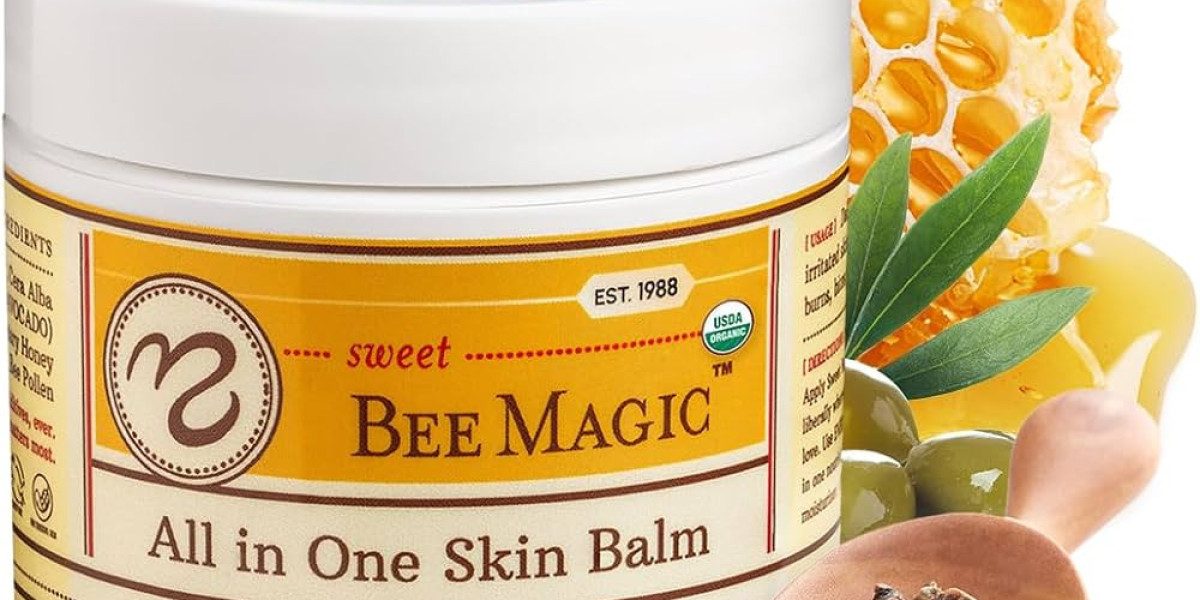Bees are not just about the buzz and honey; they are pivotal to sustaining the ecosystems by pollinating plants, which is crucial for food production. Understanding where to find diverse bee habitats can enhance our efforts in conservation and support for these vital insects. This exploration takes us through varied landscapes, from urban settings to sprawling wildlands, where the magic bee habitats thrive.
Key Points
- Importance of diverse bee habitats for ecological balance.
- Exploration of bee habitats in different geographical locations.
- Impact of human activity on bee populations and habitats.
- Conservation efforts to protect and enhance bee habitats.
Understanding Bee Habitats
Bee habitats vary greatly across different climates and geographies. These habitats are crucial not only for the survival of bees but also for the entire ecosystem. A healthy bee habitat includes a variety of flowers for nectar and pollen, water sources, and shelter from predators and harsh weather.
Components of a Bee-Friendly Habitat
- Floral Diversity: A range of flowering plants that bloom at different times of the year ensures a consistent food source.
- Water Sources: Bees need water for survival, making features like ponds, streams, or even bird baths vital.
- Shelter: Trees, shrubs, and ground cover provide protection and nesting grounds for bees.
Geographical Diversity in Bee Habitats
Different regions offer unique environments that cater to the specific needs of various bee species. From the deserts of Arizona to the meadows of Vermont, the landscape plays a crucial role in the diversity of bee populations.
North America
In North America, diverse habitats from the Canadian Rockies to the southern United States provide homes to hundreds of bee species. The vast prairies and grasslands of the Midwest, for example, are teeming with native bees that thrive in open, sunny environments.
Urban Versus Rural Habitats
While rural areas are traditionally viewed as the best places for bee diversity, urban areas are increasingly recognized for their role in conservation. Urban gardens, rooftop plantings, and city parks can create a mosaic of habitats that support bee populations.
Human Impact on Bee Habitats
Human activity has both positive and negative impacts on bee habitats. While agricultural development often leads to habitat loss, urban gardening and conservation programs have helped to create new sanctuaries for bees.
Pesticides and Pollution
The use of pesticides in agriculture and urban areas can be detrimental to bee health, leading to decreased populations and habitat destruction. It is crucial to practice sustainable methods that minimize harm to bee communities.
Land Development
Expanding urban areas and intensive farming displace natural bee habitats. Conservation efforts are needed to balance development with the preservation of crucial bee environments.
Conservation Efforts
Protecting and enhancing bee habitats is vital for their survival and the pollination services they provide. Conservationists and communities are coming together to safeguard these environments through various initiatives.
Creating Bee Sanctuaries
From national parks to backyard gardens, creating protected areas where bees can thrive without the threat of pesticides or habitat loss is crucial. Planting native flowers, setting up bee hotels, and reducing pesticide use can all contribute to these sanctuaries.
Legislation and Policies
Supporting laws and policies that protect bee habitats and regulate pesticide use is another crucial step. Advocacy for bee-friendly practices in both rural and urban planning is essential.
FAQs About Bee Habitats
- What is the most important factor in creating a bee-friendly habitat?
The diversity of flowering plants and the absence of pesticides are critical factors.
- Can urban areas support healthy bee populations?
Yes, urban areas can support bees by providing a variety of plant species and habitats through gardens and green spaces.
- How can individuals contribute to bee conservation?
Planting native, bee-friendly plants, avoiding pesticides, and supporting local conservation efforts are great ways to help.
- What are the benefits of conserving bee habitats?
Conserving bee habitats helps maintain biodiversity, supports agriculture, and preserves the natural beauty of our environment.


